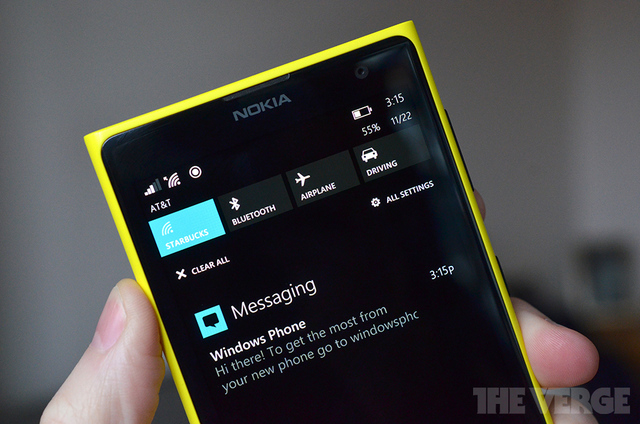Microsoft wants to be the answer for everything in your life. Need to get work done? Looking for some entertainment? Want to communicate more efficiently? Microsoft has an answer. Well, several answers. And that is a bigger problem than anyone realizes.

I'd like to start out with what I think Microsoft is doing right. I think the strategy of unifying the phone, desktop, tablet, and Xbox experiences is a fantastic idea. I love the concept of live tiles and can't wait to see what future developers do with the platform. The commercial recently aired by Microsoft on TV gave me hope that Microsoft could one day pull it all together.
While I commend Microsoft for its recent attempts to bring its branding together and promote one interface across devices, I can confidently say that they have not gone far enough. So much about Microsoft's products and services overlap each other, perform the same functions, and cause general confusion.
First, Microsoft needs to choose a media player, and stick with it. Windows users are undoubtedly confused by the plethora of video apps available to play their files. When playing a .wmv file on Windows 8, the user has the options of the Video app, Windows Media Player, Windows Media Center, and the slowly dying Zune software. These need to be combined into ONE application that does it all. However, this is easier said than done.
Each application has their strengths and weaknesses. The Video app works great with touchscreens and is fairly lightweight. Windows Media Player manages libraries and devices well. Zune interfaces with older WP7 and Zune devices while providing a beautiful interface to browse music. Windows Media Center is the master of TV and online content.
 |
| Windows 8 Videos App |
 |
| Zune |
 |
| Windows Media Center |
There is no good reason to have four programs or apps that all perform the same function. But to merge them all together would be a mess. My proposed answer would be to merge all the programs into a program called Zune. No Zune Media Player, Zune App, Zune whatever. Just Zune. It would become synonymous with media on Windows devices. Why Zune? The name carries identity. It sounds space-y. It doesn't have the words "Video", "Media", or "Player". It is simple and clean. And many people are already familiar with it.
The player would have to be able to cleanly manage a library of content with the class of the original Zune interface. It would have to learn to talk to several devices like the new Windows Phone 8 hardware. It would need TV functionality for the hardcore Media Center fans, as well as remote control ability. And it would need to be touch-friendly. I imagine medium-sized album covers with large text in classic Windows 8 style. This is priority #1.
Secondly, Microsoft needs to get its online storage together. Currently, they offer SkyDrive, SkyDrive Pro, and SharePoint. Know what the difference is? Most people don't. SkyDrive (soon to be OneDrive) is a service for storing files online, as well as software built into Windows 8. It also has standalone apps on different devices. SkyDrive Pro is software for syncing files from an service called SharePoint that allows companies to manage files and collaborate online. While I think it is important to differentiate between standard and professional services, I think both would be better served with one app that does it all. OneDrive should be both a service and an application, that should interface with both standard and business situations. SharePoint as website should utilize OneDrive storage.
When Microsoft announced the relabeling of their online mail to Outlook.com, I was excited and disappointed. While the free mail service had a fantastic, professional sounding name, it was bound to be a source of confusion with the desktop Office program. I have to explain to people all the time the difference between Outlook the program and Outlook the service. And I always hear comments such as "oh, that's dumb" or "who thought of that?". This is a complicated issue since branding is already strong for the desktop program, and is gaining traction with the service. I would be interested to hear the community's thoughts on this topic.
Microsoft is slowly making progress in the direction of unifying their app experiences. Which do you think needs to come first? Should these apps merge or not? Let me know in the comments.
Microsoft is slowly making progress in the direction of unifying their app experiences. Which do you think needs to come first? Should these apps merge or not? Let me know in the comments.












